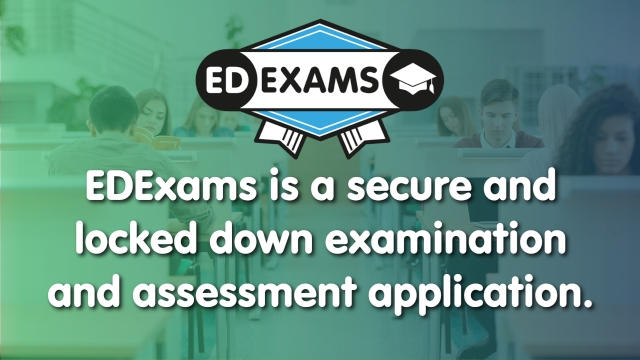Prior to the first round of GCSE results in 2017, much was said and speculated about how the new GCSE grading system would impact students.
From A* to U, to 9 to U – the changes seemed simple enough, but what they truly meant for students, teachers and parents ranged from being slightly concerning, to outright disturbing.
I have heard of students crying in the toilets. Middle and lower sets are finding it a form of slow torture. I am hearing amount a huge amount of stress. Teachers are feeling very insecure. They are having to say to people: ‘I think this is a pass, but I don’t know’
So, one year on, the question is whether, and how, the new grading system has affected student outcomes.
The new GCSE grading system – did it live up to expectations?
Rather than reporting on the ‘good pass’, we will instead distinguish between a grade 4 as a ‘standard pass’ and a grade 5 as a ‘strong pass’ and report on both. Where employers, FE providers and universities currently accept a grade C we would expect them to continue recognising a grade 4.
In addition to the switch from alpha to numerical grading, the new GCSE grades introduced a ‘standard pass’, a grade 4, and a ‘strong pass’, a grade 5. Yet this hotly debated change resulted in only a minimal fall in students securing at least the benchmark C:
As reported by The Guardian, ‘the proportion of students gaining at least a C, or a 4 under the new system, in England fell slightly, from 66.5% to 66.1%’, and students achieved slightly weaker results in history, maths and geography.
In maths, results were down – with 69.9% of 16-year-olds achieving a grade 4/C or higher against 70.5% last year. However this result, as with all the stats outlined here, have to be weighed up with the many other changes to the system in mind. What’s more, it wasn’t all bad news:
In English language, the proportion of pupils who got a 7/A was 13.6%, compared to 13.7% last year. The proportion who got a 4/C was 62.1%, against 60.2% last year.
Employers – what are they saying?
Perhaps just as important as the impact on students, teachers and parents, is the opinion of employers.
On which note, it seems that there is much work to be done if sense is going to be made by those who will be interviewing and ultimately employing students who are now on the new grading system:
23 per cent of employers wrongly believed that 1 was the top grade, compared with 64 per cent who correctly stated that 9 was.
The major hurdle for those taking their GCSEs in 2017 was the fact that they were the first to be subjected to the changes. However, it seems that they didn’t fair nearly as poorly as had been predicted.
Yet one issue that arguably perseveres is that businesses don’t yet fully understand how to interpret the new GCSE results of fresh-faced applicants – something that could prove problematic unless tackled.
As for the generations of students to come, they can expect a far smoother ride as teachers, parents and students alike become ever more used to the new-school way of doing GCSEs.











